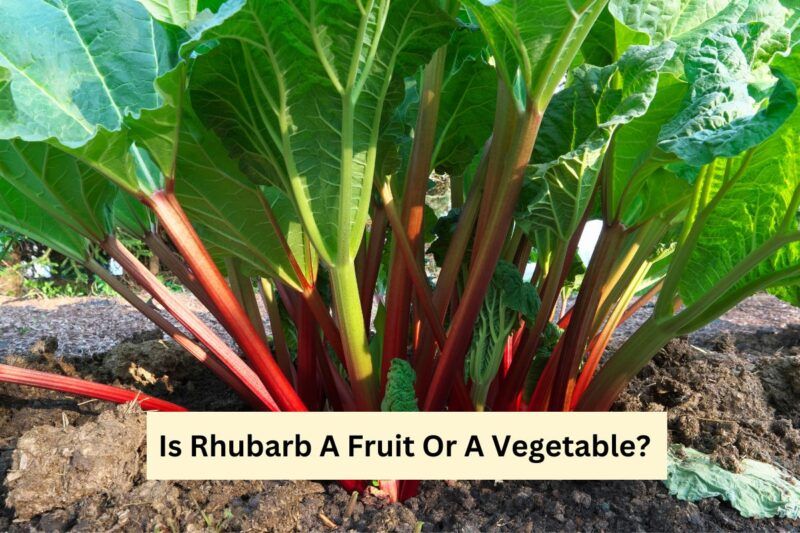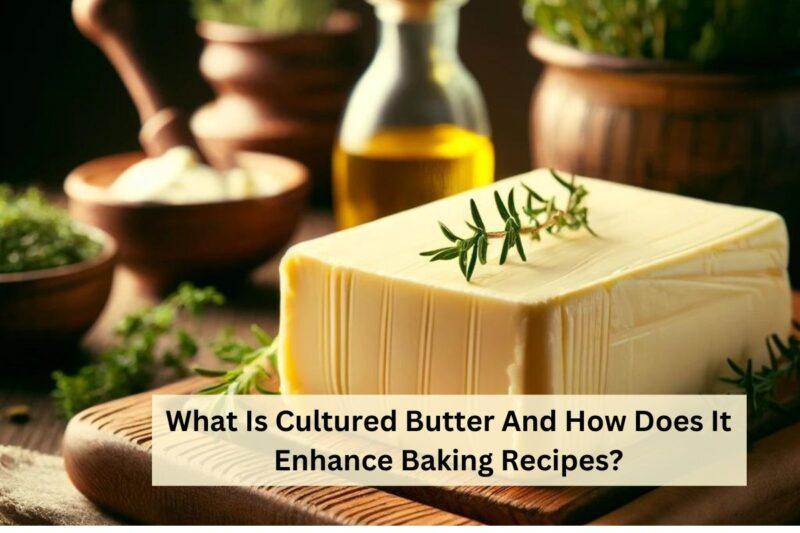- Overview of Powdered Milk: Brief introduction to what powdered milk is and its common uses.
- Benefits of Using Powdered Milk in Baking: Cost-effective, longer shelf life, and convenience in storage and use.
- Comparison to Fresh Milk: Nutritional differences, taste variations, and when each is preferable.
- Adjustments for Using Powdered Milk: How to substitute powdered for fresh milk, including liquid adjustments.
- Why Consider Powdered Milk for Baking?
- Effects of Using Powdered Milk Instead of Fresh Milk
- How to Prepare Powdered Milk for Baking
- Adjusting Recipes with Powdered Milk
- Pros and Cons of Using Powdered Milk
- Simple Tips for Baking with Powdered Milk
- Fixing Baking Issues with Powdered Milk
- Frequently Asked Questions
- Final Thoughts
Are you wondering if you can swap out fresh milk for powdered milk in your baking recipes? Many bakers, especially those just starting out or looking to simplify their baking routine, ask this question. Whether you’re dealing with a milk shortage, trying to cut costs, or just curious, using powdered milk can be a handy solution.
Why Consider Powdered Milk for Baking?
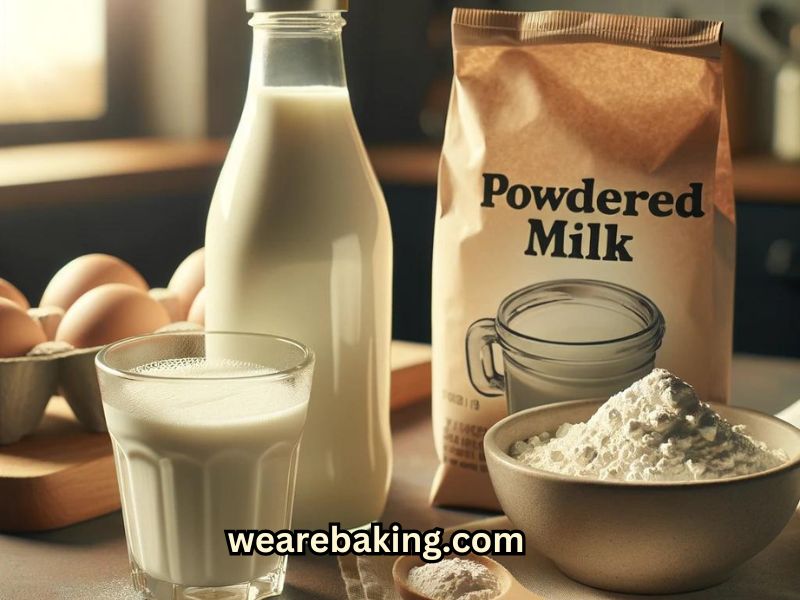
Powdered milk is often cheaper than fresh milk, helping you save money on baking ingredients. Unlike fresh milk, which needs to be refrigerated and used quickly, powdered milk stays good for a long time, sitting in your pantry for months. Plus, powdered milk storage is easy. Keep it in a cool, dry spot, and it’s always ready for your baking adventures. What’s more, powdered milk gives consistent results every time, and you don’t have to worry about freshness. If you aim to save money, simplify your baking routine, and still bake up some delicious treats, powdered milk might be your new go-to ingredient.
Effects of Using Powdered Milk Instead of Fresh Milk
Is there a difference in nutrition when using powdered milk instead of fresh milk in baking? Let’s find out.
Powdered and fresh milk provide similar nutrition, but there are a few small differences. Both are packed with important nutrients like calcium, protein, and vitamins. However, when powdered milk is made, some nutrients that can’t handle the heat are lost.
Powdered milk usually has more protein in each serving than fresh milk. So, if you’re looking to get more protein, that’s a plus.
The fat in powdered milk depends on what kind you get – whole, low-fat, or skim. Usually, powdered milk has less fat than whole fresh milk. If you’re keeping an eye on your fat intake, powdered milk might be a good choice.
Powdered and fresh milk gives you plenty of calcium and other essential minerals like phosphorus and potassium. But powdered milk might have a bit less calcium because of how it’s made.
Some powdered milk brands add extra vitamins and minerals to make it healthier. Check the label to see if yours has any of these added bonuses.
Both powdered and fresh milk work well for baking. Your choice might depend on what you prefer and what your body needs.
How to Prepare Powdered Milk for Baking
Preparing powdered milk for your baking recipes is easy! Just follow these steps for a smooth baking experience:
Measure out the amount of powdered milk you need according to your recipe. Using a dry measuring cup will give you the most accurate measurements.
Then, grab a clean mixing bowl or pitcher and add the powdered milk. Slowly pour in the right amount of water, following the instructions on the powdered milk package or your recipe.
Now, it’s time to mix! Use a whisk or spoon to gently stir the powdered milk and water together until the powder is all dissolved. Keep stirring until the mixture is smooth and looks the same all over.
Let the reconstituted powdered milk sit for a few minutes. This gives any leftover lumps a chance to dissolve completely. Give it one final gentle stir before using it in your recipe.
Once your powdered milk is ready to go, use it in your baking just like you would fresh milk. Follow the rest of your recipe as usual, adding in the prepared powdered milk when it’s called for.
Adjusting Recipes with Powdered Milk
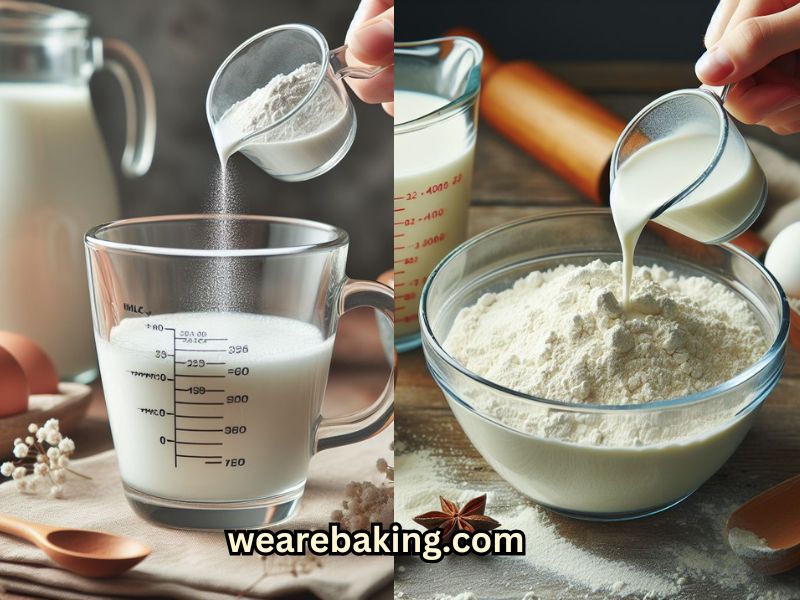
When you use powdered milk instead of fresh milk in your recipes, you need to adjust things a bit to get the best baking results. Here’s how to do it easily:
Think about the liquid in your recipe. Powdered milk has to be mixed with water, so you’ll need to add extra liquid. Use the amount of water mentioned in the powdered milk’s instructions for every cup of fresh milk your recipe calls for. This will help keep your batter or dough the right consistency.
Make sure to mix your powdered milk well with water before you add it to your mix. It might take a bit longer to blend than fresh milk, but taking your time will help avoid lumps or uneven texture in your baked goods.
Remember, powdered milk can slightly change the taste and texture of your treats. You might need to try different things in your recipe to get it right. Adding a little more fat, like butter or oil, can help keep your baking moist and tasty.
It’s smart to test your changes with a small batch first. Make a little with powdered milk and see how it tastes. After trying it, you can tweak the recipe as needed. Keeping notes on what you change can help you nail the recipe next time.
Pros and Cons of Using Powdered Milk
Using powdered milk in your baking has its good points and not-so-good points. Let’s look at the upsides and downsides to help you figure out if it’s right for your recipes:
Pros:
- Long Shelf Life: Powdered milk lasts a long time, which is handy if you don’t use it often or need it for baking emergencies.
- Cost-Effective: It’s usually cheaper than fresh milk, making it a wallet-friendly choice, especially for big baking projects.
- Easy Storage: Powdered milk takes up less space and doesn’t need to be kept cold until you mix it with water.
- Consistent Results: Powdered milk will give you the same good results every time you bake without worrying about it going bad.
Cons:
- Extra Step: Before you can use it, powdered milk has to be mixed with water, which adds another thing to do while baking.
- Possible Flavor Differences: Sometimes, you might notice a subtle taste difference between baked goods made with powdered milk and those made with fresh milk, though it’s not a big deal for most recipes.
- Texture Changes: In some recipes, the texture might be a bit different when you use powdered milk, especially if the milk’s moisture matters a lot.
- Availability Issues: While you can find powdered milk in many stores, it might not be as easy to find in some places, which could be tricky for bakers there.
Simple Tips for Baking with Powdered Milk
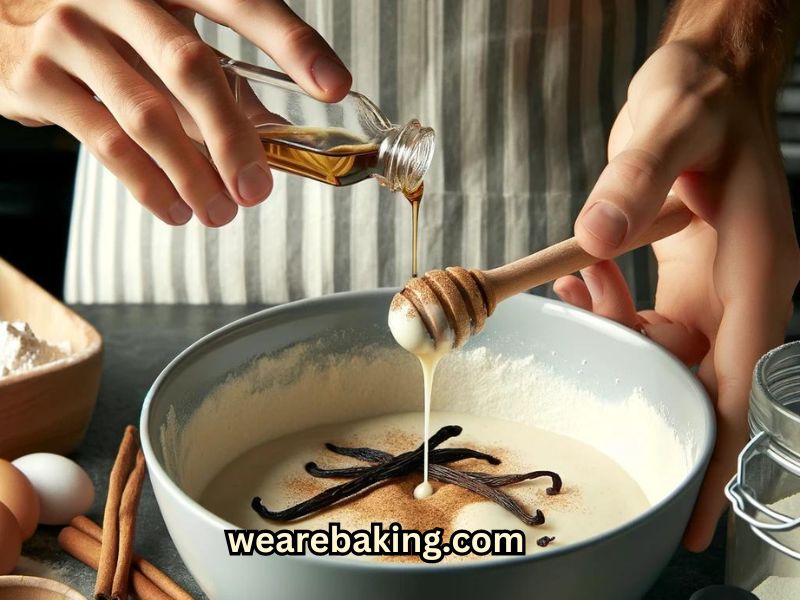
Choose a good quality powdered milk that mixes smoothly and has a nice taste. When you mix powdered milk, use warm or room-temperature water instead of cold. This makes it dissolve better and helps your baked goods come out smoother. If you want creamier baked items, soak the powdered milk in a bit of warm water before adding it to your mix. This makes it blend more easily.
Feel free to adjust how much powdered milk and water you use. Changing the amounts can improve both the flavor and texture of your recipes. Try mixing powdered milk with ingredients like yogurt, sour cream, or buttermilk to make your baked goods richer and tastier. Adding things like vanilla extract or spices, such as cinnamon, can boost the flavor and cover up any slight differences from using powdered milk. Keep your powdered milk in a sealed container in a cool, dry place away from sunlight to help it stay fresh longer.
Fixing Baking Issues with Powdered Milk

Are your baked goods coming out dry or crumbly? This might be because they need more moisture. Try adding extra water or fats like butter or oil to make them softer.
If your treats taste bland, consider adding flavor enhancers like vanilla extract, spices, or sweeteners. Also, using high-quality powdered milk can improve the flavor.
Are there lumps in your mixture? This could be because the powdered milk isn’t fully dissolved. Be sure to stir it with water until it’s completely smooth before using it in your recipe.
If your baking results vary, ensure you’re measuring the powdered milk accurately and following the package instructions carefully. It also helps to mix the powdered milk with water at the right temperature.
Does your powdered milk smell or taste odd? It might not have been stored properly. To maintain its freshness, keep it in a tightly sealed container in a cool, dry place away from sunlight.
Is your baking uneven? This could be because the powdered milk is affecting the texture or moisture balance of your batter or dough. Mix it thoroughly and evenly before baking, and consider using an oven thermometer to ensure even cooking.
🧁 Troubleshooting Baking with Powdered Milk 🧁 |
||
|---|---|---|
| Issue | Possible Cause | Suggested Solution |
| Dry or crumbly texture | Not enough moisture | Add more liquid (water or milk) or fats (butter, oil) |
| Lack of flavor | Inadequate seasoning | Enhance with vanilla, spices, or sweeteners |
| Uneven baking | Improper mixing or oven issues | Ensure thorough mixing and check oven temperature |
| Funny taste or smell | Poor storage conditions | Store in a cool, dry place away from sunlight |
| Brought to You by wearebaking.com | ||
Frequently Asked Questions
- Is powdered milk as healthy as fresh milk?
- Powdered milk retains most of the nutritional benefits of fresh milk, but due to the processing, certain nutrients may differ slightly. Nevertheless, it’s still a nutritious option for baking and cooking.
- Can powdered milk be used in all baking recipes?
- While powdered milk can be used in many baking recipes, it may not be suitable for all. Some recipes may require the specific texture or flavor that fresh milk provides. Experimentation and adjustments may be needed to achieve desired results.
- Does using powdered milk change the baking time of recipes?
- In most cases, using powdered milk in place of fresh milk should not significantly alter the baking time of recipes. However, slight adjustments may be necessary depending on the specific characteristics of the powdered milk used and the recipe itself.
- Are there any specific brands of powdered milk that are better for baking?
- There are various brands of powdered milk available on the market, and the best one for baking may depend on personal preference and availability. Look for high-quality powdered milk with a smooth texture and rich flavor for best results in your baking endeavors.
Final Thoughts

Using powdered milk in your baking can be a handy trick to have up your sleeve. It’s cost-effective, convenient, and can give you consistent results. While there may be a few adjustments to make along the way, experimenting with powdered milk can lead to some tasty treats!
So, next time you’re in the kitchen, why not give powdered milk a try? Who knows, you might just discover a new favorite ingredient for all your baking adventures!
And As Always
Keep On Baking!
Taianne
Share the Love
Latest Posts

I’m Taianne, the owner and operator behind We Are Baking. Baking my first cake at age 11 hooked me on creating sweet treats. Though my interest faded during childhood, it was rekindled when I married my apple pie-loving husband. I love trying new recipes, tweaking classics, and helping others learn the science and art of baking. I started We Are Baking to share tips, tricks, and favorite recipes I’ve discovered over the years. When not in the kitchen, I enjoy spending time with family and friends. My goal is to inspire others to embrace their creativity through baking. Feel free to contact me with any questions!
Taianne@wearebaking.com



